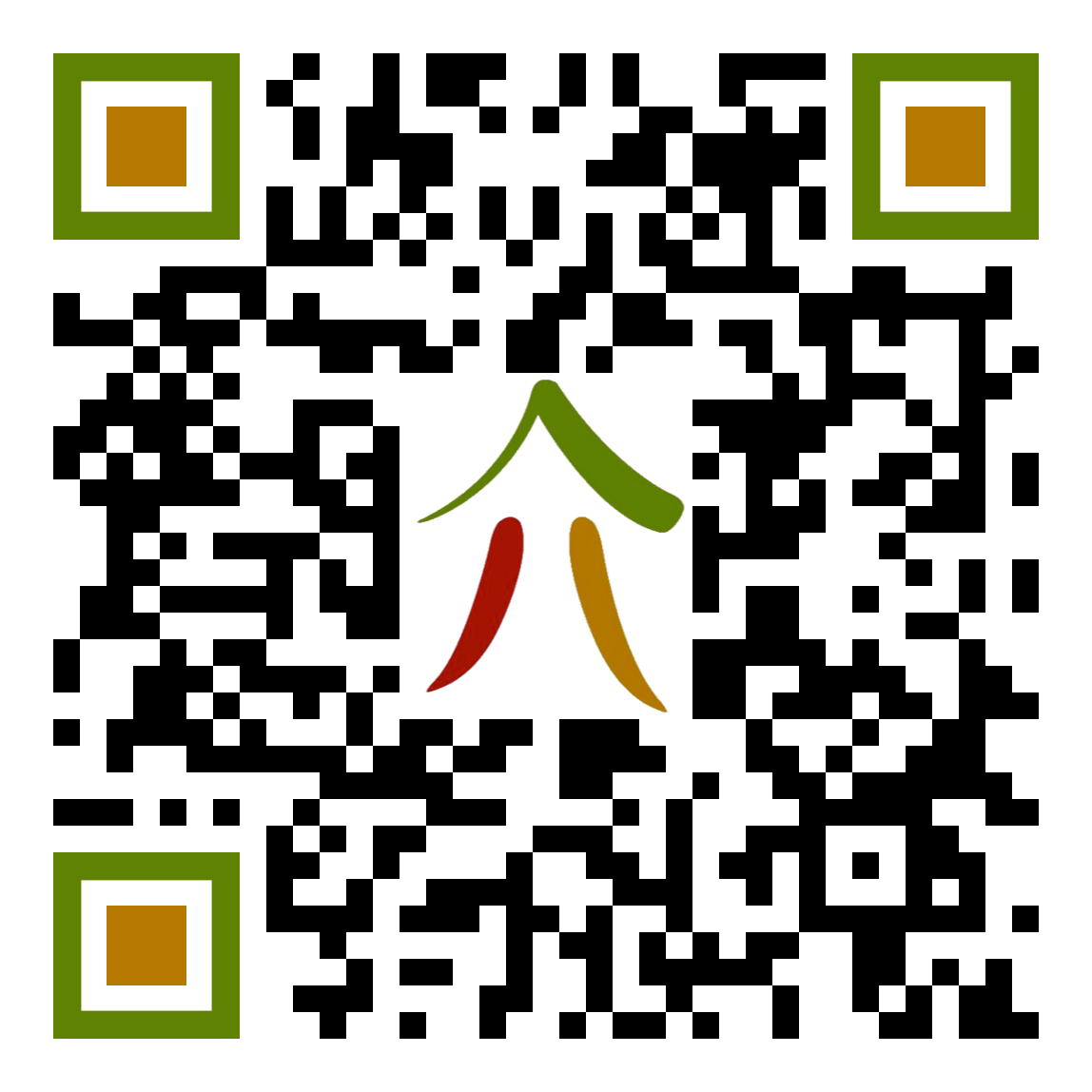Hawai'i - Seeds of Revolution
October 10 is a remarkable day in modern Chinese history, marking the turning point from imperialism to democracy. Double Ten commemorates the anti-imperialist revolutionaries led by Dr. Sun Yat-sen, beginning with the Wuchang Uprising on October 10, 1911. This uprising led to the downfall of the last imperial dynasty, the Qing (Mandarin) or Ching (Cantonese) dynasty, ending 2,133 years of imperial rule in China.
Dr. Sun Yat-sen (1866–1925), the founding father of modern China, was a respected figure in this revolution. A medical doctor and revolutionary, his success was partly due to significant contributions from overseas Chinese communities in Hong Kong, Macau, Hawai'i, San Francisco, Los Angeles, Seattle, and Yokohama, Japan. Often underappreciated is the role of overseas Chinese in Hawai'i, which, at the time, was a territory of the United States but already home to generations of Chinese immigrants.
The Early Days, from China to Maui and beyond
Dr. Sun was born in the village of Choy Hang in Chong Shan County, Kwangtung Province, China. During this period, many Chinese from this province were sold or recruited as indentured laborers abroad, including to Hawai'i, Southeast Asia, and the United States. In 1878, when Dr. Sun was 13 years old, he was sponsored by his elder brother, Sun Mei, to come to Hawai'i. After seven years of hardship, Dr. Sun rose to become an independent rancher in Maui. He attended Iolani School for three years and then Oahu College. During these early years of education, he was exposed to democratic ideas, science, and Western medicine. Due to his brother’s establishment in Maui, Dr. Sun built a strong network with the overseas Chinese community.
In 1883, he returned to his home village, got married, and then, with the help of Honolulu friends Frank Damon and C.K. Ai, went to Hong Kong, a British colony at the time, to continue his medical education. After becoming a medical doctor, he realized the importance of not only helping the Chinese people physically but also educating them and overthrowing the backward imperial system.
Gaining Hawai'i Support from the Overseas Chinese Community
Between 1883 and 1894, the situation in China deteriorated severely. Corruption between foreign powers and officials worsened, draining the Qing dynasty’s treasury, while poverty among the common people intensified. More and more starving souls sold themselves as indentured workers overseas. Riots erupted across the country. This crisis was a wake-up call for revolutionaries to take action. Dr. Sun advocated overthrowing the Qing dynasty, establishing the first republic of China, and introducing democracy to the people. He organized rallies and traveled abroad to recruit members for his Revive China Society. His first overseas meeting, held in the home of Honolulu merchant Ho Fon, recruited 20 initial members, each paying a $5 membership fee. He also received support from family and friends among the enthusiastic overseas Chinese who had experienced starvation back in China. Dr. Sun continued traveling between Hong Kong, Macau, San Francisco, and Los Angeles, setting up branches of the Revive China Society to secure financial and military support.
After gathering $6,000 from his Maui family and friends to purchase weapons, Dr. Sun attempted his first uprising, the Canton Uprising in 1895, but it failed, and the leaders were arrested and executed. Dr. Sun fled into exile in Japan.
In 1896, he returned to Honolulu and used a newly established newspaper, The Hawaiian Chinese News, as his main channel to communicate with his supporters about the revolution. Hawai'i, far removed from Qing influence, allowed him to speak freely.
Dr. Sun continued building financial support and manpower. In 1904, in Hilo, on the Big Island of Hawai'i, he reorganized the Revive China Society into the Chinese Revolutionary Army. After officially forming his army, he issued debenture certificates for military use with face values of $1.00 and $10.00, promising tenfold redemption after the revolution succeeded.
In the following years, Dr. Sun visited other overseas Revive China Societies, including in Japan in 1905, and merged them with other organizations to form the Tongmenghui (Chinese Revolutionary League). This reorganization spread to other places like San Francisco, Los Angeles, Hong Kong, and Maui, and by 1910, the process was complete. This strong, unified structure pushed the revolution forward, leading to the success of the October 10, 1911, Wuchang Uprising, which toppled the last Qing emperor, Pu Yi, ending imperialism in China.
Conclusion
Without overseas support, there would never have been a Double Ten Day. The success of the revolution was made possible by the contributions of overseas Chinese from around the world, including Southeast Asia, Japan, Europe, the USA, Canada, and Hawai'i. Today, Taiwan observes Double Ten Day, and it is also recognized in Hawai'i. In another great tribute from Maui locals, the Sun Yat-sen Memorial Park was opened to the public in 2003 to honor Dr. Sun, and the Wo Hing Building, the society’s meeting place in Lahaina, was converted into a museum. Sadly, this building, along with its historical artifacts, was destroyed in the 2023 Maui wildfires.

© 2019-2024 Kevin & Connie Lacobie Some graphics by: www.Vecteezy.com

